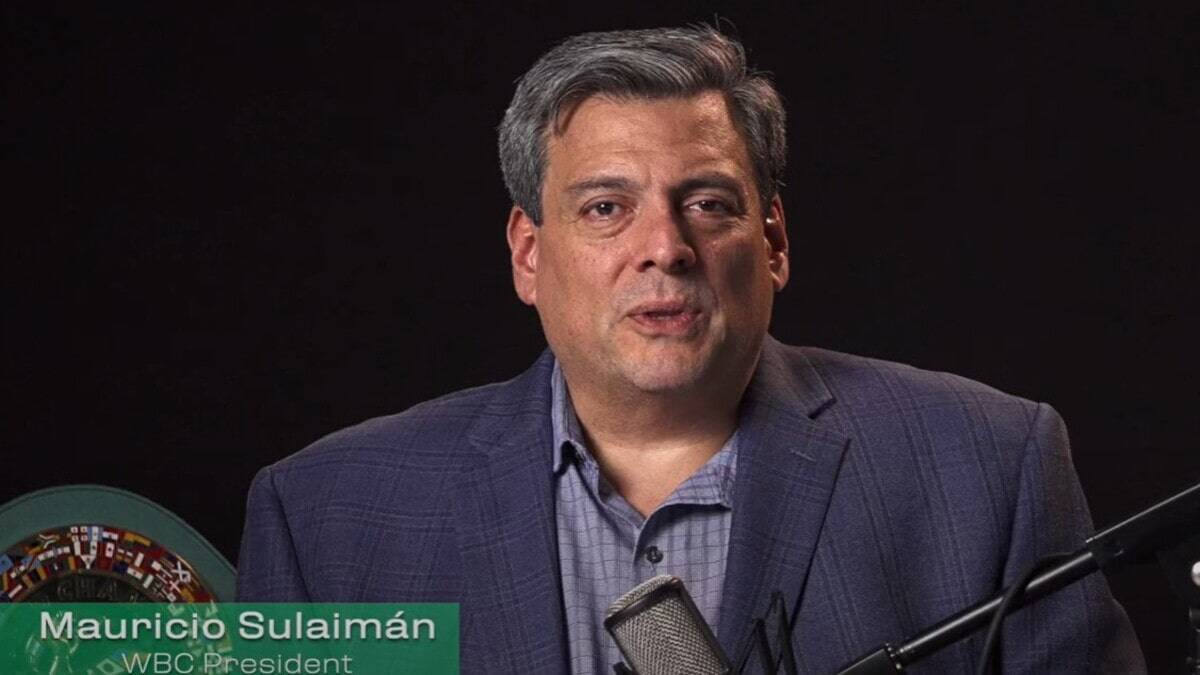The WBC considers the Ontario Athletic Commission’s boxing regulations to be dangerous for the participants. Accordingly, the WBC has pleaded with the OAC to comply with the established world safety standards applicable to professional boxing.
The OAC conducts its official weigh-in ceremony the very day of the fight. There is ample medical evidence that the OAC’s weigh-in practice is dangerous and can be detrimental to the health and safety of the fighters.
Ontario also limits the amount and length of material that can be used to wrap the hands of the boxers. Again, that practice goes against the widely accepted standards around the world.
On April 12, 2016, Guillermo Herrera lost a fight in Toronto by knockout in 8 rounds and today is bedridden at St. Michaels Hospital in Toronto.
Besides the OAC’s dangerous pre-fight practices, it appears that there were several irregularities in connection with the fight. The Mexican fighter was allowed to travel from Mexico to Toronto without the required permit from the competent Mexican authorities. While Mr. Herrera fights as a cruiserweight, the OAC licensed him to fight in the lower light heavyweight division. Therefore, he was forced to lose a substantial amount of weight the day of the fight. At this point, it is uncertain whether the event’s promoter had medical insurance. That is one of several facts that are being investigated.
In the meantime, the WBC considers the OAC’s practices dangerous for the boxers. Therefore, the WBC will not sanction any WBC event in which the OAC regulations apply until such time that those dangerous regulations are changed, thus affording standard safety and protection measures to boxers in that jurisdiction.





